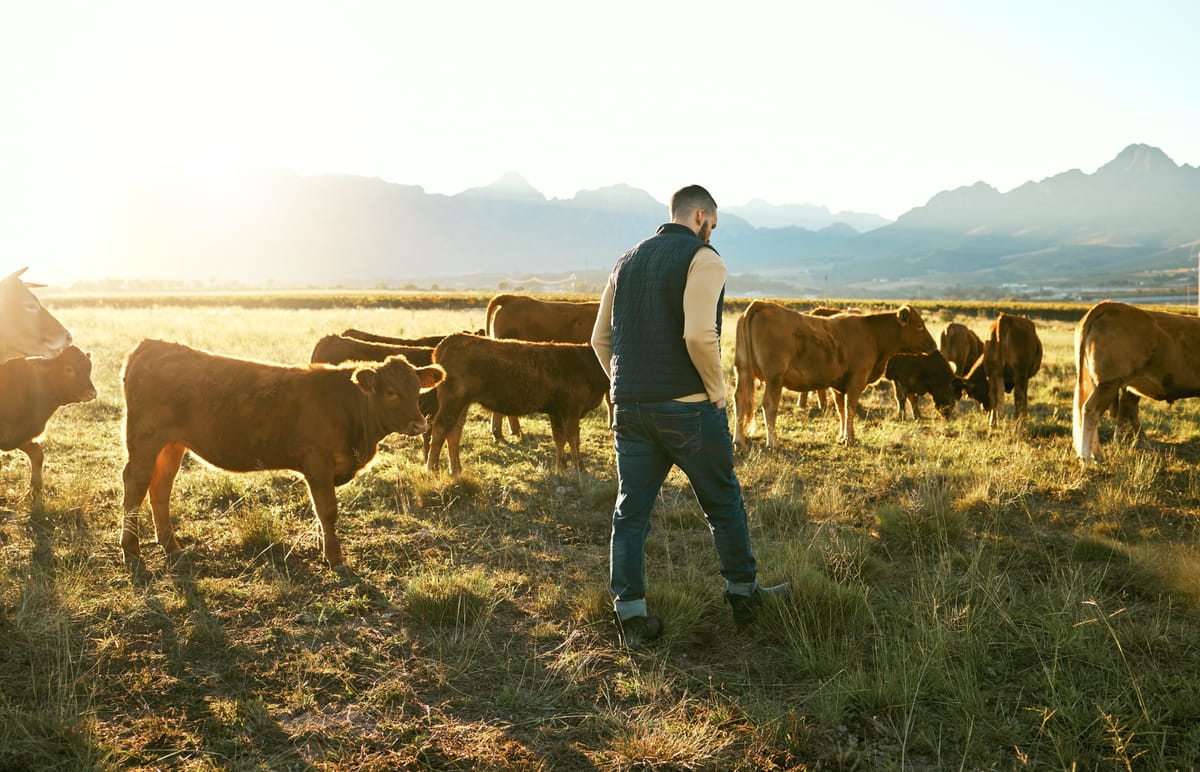Everything in moderation

TL;DR:
- The goal to decrease inputs has driven the cow/calf industry towards selecting more moderate-framed females.
- Selecting for lower body weight could result in selecting for thinner cows instead of smaller cows.
- The combination of a thinner cow with a fast-growing calf could have detrimental effects on the body condition score of the dam.
What you need to know:
As cattle producers attempt to decrease their input costs, many look towards the maintenance requirements of their cows. This goal has driven the industry towards selecting more moderate-framed females, as the smaller animals require less feed to maintain a healthy body condition score.
Genetic selection towards moderate-sized females has been met with industry concerns over its effect on cow productivity, as the industry is also breeding for fast-growing calves. Specifically, the concern is that a taller and thinner cow could have a similar reported weight as a shorter and fatter cow but is likely to require more feed to maintain a healthy body condition score.
The combination of a larger, thinner cow with a fast-growing calf could have detrimental effects on the body condition score of the dam. And there is no currently breeding value that allows for the selection of body condition scores. Although, this data is collected and used in breeding values, like the EPD value indexes of the Angus and Hereford associations.
In the 11 cattle herds evaluated, the live weight of a cow was associated with a higher body condition score–meaning that lower body weights also mean lower condition scores–reinforcing the concerns that selecting for lower body weight could result in selecting for thinner cows instead of smaller cows.
Although there is an association between the body weight and condition score, similar to how weaning weight and yearling weight are related, breeders can select for higher body condition scores and smaller frame sizes at the same time.
The important asterisk*:
- This project was conducted in Australia, and although they have very similar practices to the US, their meat grading system has a few differences, which could drive selection for different genetics.
Industry Application: Selecting for moderate-frame size through EPDs could result in ranches retaining and buying thinner females instead of smaller-framed females. A way to avoid this would be to track the body condition scores of heifers and cows and body weights, which will ensure that the animals kept are smaller framed instead of large and thin.
Read more about it: Selection strategies for beef cow size and condition.
